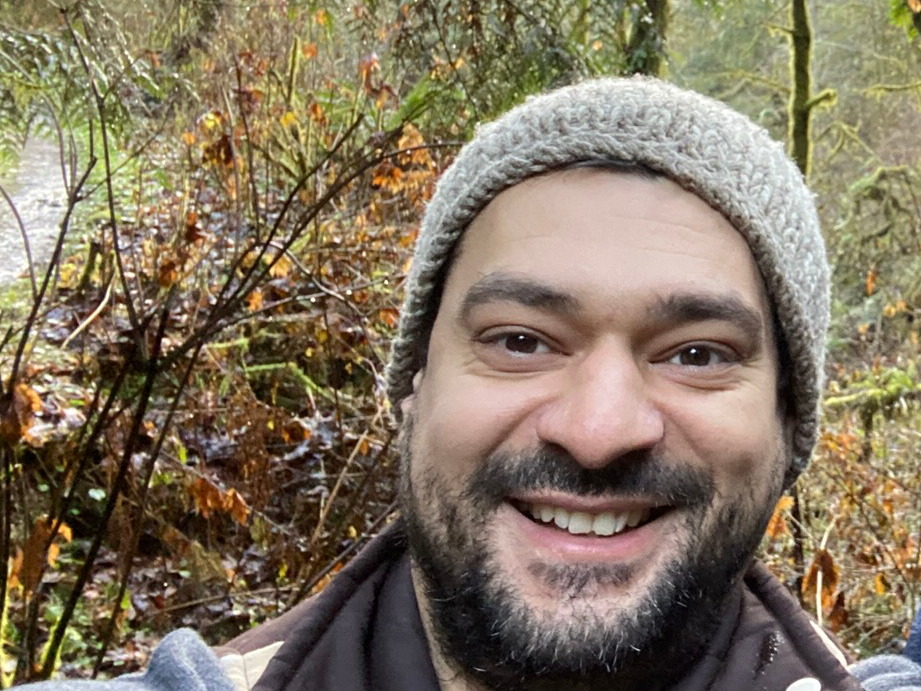Cited By
View all- Yamanaka SStuerzlinger W(2024)The Effect of Latency on Movement Time in Path-steeringProceedings of the 2024 CHI Conference on Human Factors in Computing Systems10.1145/3613904.3642316(1-19)Online publication date: 11-May-2024
- Shao QWang JZhou BTran VKrishnan GNayar S(2023)N-euro PredictorProceedings of the ACM on Interactive, Mobile, Wearable and Ubiquitous Technologies10.1145/36108847:3(1-25)Online publication date: 27-Sep-2023
- Nishida NIkematsu KSato JYamanaka STsubouchi K(2023)Single-tap Latency Reduction with Single- or Double- tap PredictionProceedings of the ACM on Human-Computer Interaction10.1145/36042717:MHCI(1-26)Online publication date: 13-Sep-2023
- Show More Cited By







